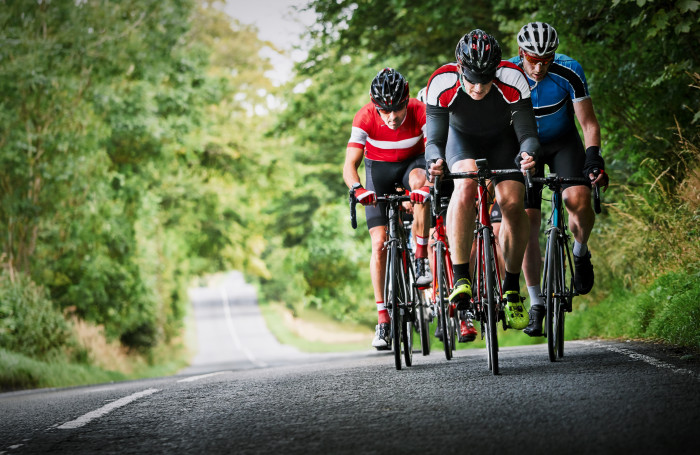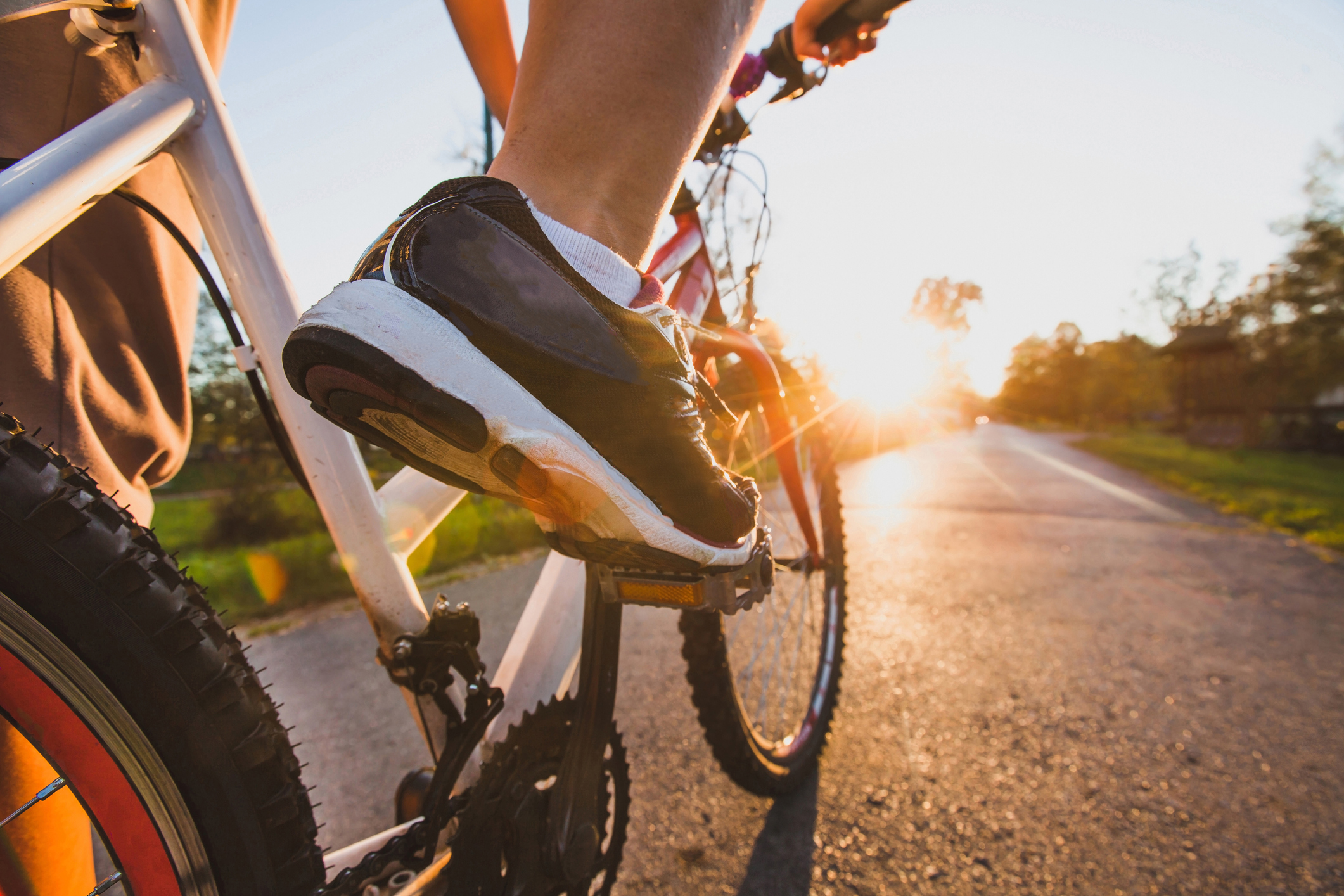
Cycling’s Invisible Skills: What Really Improves Your Riding
Some of the most valuable cycling abilities aren’t measured in watts or average speed. They’re the subtle, technical habits that make every ride smoother, safer, and more efficient.
You don’t need expensive gear to develop them — just awareness and practice. Here’s how to recognise and build the skills that quietly transform your riding.
1. Road Awareness
Learning to read the road is one of the most important safety and performance skills a cyclist can develop. It’s what separates reactive riding from proactive control.
Look 10–15 metres ahead, not at your front wheel. Train yourself to notice changes in texture or colour that signal reduced grip — damp patches, gravel, drain covers, or fresh chip seal. If a surface looks shiny, it’s probably slippery.
Road awareness also means scanning for traffic movements, parked cars, or narrow pinch points so you can plan rather than react.
How to improve:
- On every ride, practise scanning the full road scene — surface, vehicles, and escape lines.
- Position yourself slightly to the side of another rider on group rides to improve your view.
- After rain, assume all metal or paint markings have minimal traction and plan your cornering accordingly.
Building this habit reduces unnecessary braking, keeps your line smoother, and prevents most avoidable spills.
2. Managing Speed and Momentum
Momentum management is the foundation of efficient riding. It’s not about pushing harder — it’s about losing less energy between efforts. Cyclists who maintain speed through corners, crests, and descents ride faster for the same effort.
The goal is to carry speed rather than fight terrain. On rolling roads, maintain light pedal pressure as the gradient eases off before relaxing into the descent. Avoid sprinting into downhills or stopping pedalling too soon. Consistent effort saves more time than sudden surges ever will.
How to improve:
- Watch your cadence and power graphs — aim for steady output, not spikes.
- Anticipate terrain changes early; shift gears just before the gradient changes, not after.
- Practise using descents to build controlled speed without pedalling flat out — let gravity do part of the work.
Once mastered, this skill turns even tough routes into steady, efficient rides. It’s also what keeps experienced riders smooth while others burn out early.
3. Group Riding Efficiency
Riding well in a group is as much about consideration as control. It’s one of the most valuable skills for building endurance and confidence, yet it’s often overlooked.
The principle is simple: be predictable. Hold a steady line, keep movements smooth, and avoid sudden braking or changes in pace. Every twitch of your bars or pedal stroke is amplified for the riders behind you.
How to improve:
- Maintain half a wheel’s gap to the rider ahead and avoid overlapping.
- Signal potholes or debris clearly and early.
- If you’re leading, keep the pace consistent on flats and gentle rises; easing slightly on descents helps the group stay together.
- When rotating off the front, signal your move before drifting sideways so the next rider can smoothly take over.
Good group riding isn’t just about etiquette — it’s an energy-saving skill. Drafting efficiently and communicating clearly can save up to 30% of your effort on longer rides.
4. Fuel and Hydration Awareness
Many riders underestimate how much fuelling affects consistency and concentration. Even mild dehydration or under-fuelling can lead to slower reactions, poor decisions, and a sudden drop in power output.
The goal isn’t to eat more, but to stay ahead of fatigue. Start fuelling early and maintain a steady intake instead of waiting until you feel tired. Hydration is equally important: electrolytes replace what you lose through sweat and prevent muscle cramps.
How to improve:
- Begin eating 30–45 minutes into any ride lasting over 90 minutes.
- Aim for 30–60g of carbohydrate per hour — roughly one gel, banana, or energy bar.
- Alternate plain water and electrolyte drink for balance.
- Keep notes after long rides on what foods work best for you; individual tolerance varies.
Consistent fueling makes endurance rides feel smoother and recovery faster. It’s one of the simplest habits that separates controlled rides from chaotic ones.
5. Mechanical Awareness
A bike rarely fails without warning. Small changes in noise, feel, or resistance often signal a developing issue. Recognising them early prevents breakdowns and expensive repairs.
Learn the normal sound and feel of your bike. A quiet drivetrain and smooth gear change are your reference points — anything different means something’s shifting out of alignment.
How to improve:
- Do a quick check before every ride: tyre pressure, brakes, and drivetrain noise.
- Listen for clicks, rubbing, or vibration when pedalling under load.
- Keep your chain clean and lightly lubricated; dirt accelerates wear across the whole drivetrain.
- If something feels wrong, stop to check — a two-minute inspection can prevent a long walk home.
Basic mechanical awareness builds confidence as much as reliability. You don’t need to be a mechanic, but you should understand when your bike needs attention.
The best cyclists don’t rely on perfect conditions or equipment — they rely on awareness.
Developing these subtle, almost invisible skills improves safety, endurance, and enjoyment far more than upgrading components ever could.
They’re habits built through repetition, not talent. The more attention you give to your surroundings, technique, and equipment, the more naturally they become part of your riding.
